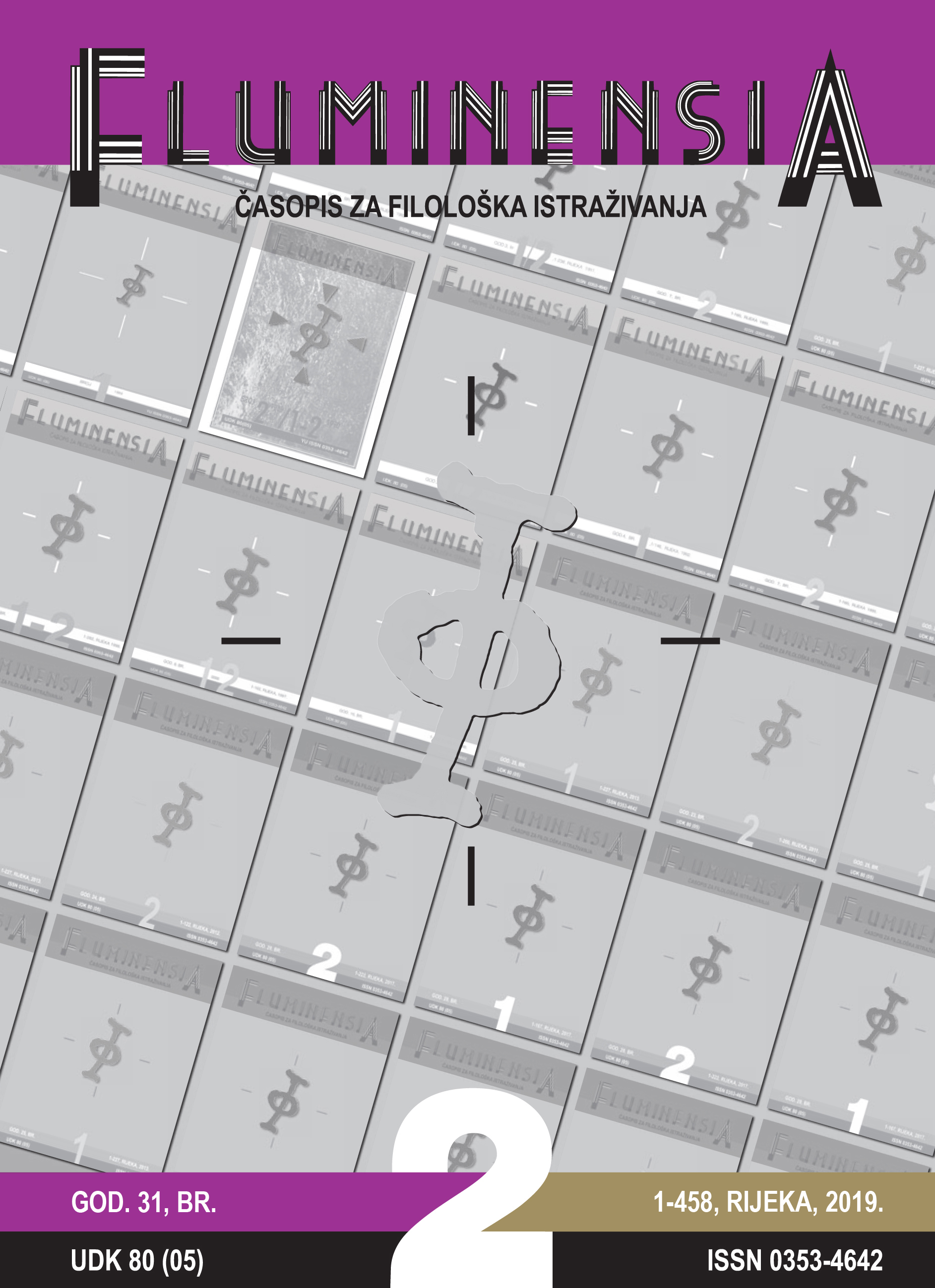Morphological, Syntactic and Lexical Features of the Glagolitic Inventory of the Monastery of St. Mary Magdalene in Porat on the Island of Krk (1734 – 1878)
Keywords:
Glagolitic script, Glagolitic friars of the Franciscan Third Order Regular, pragmatic Glagolitic literacy, history of the Croatian language, Čakavian dialect, dialects of the island of KrkAbstract
In this paper we describe linguistic features of the Inventory of St. Mary Magdalene in Porat on the island of Krk (1734–1878), one of the testaments to the pragmatic Glagolitic literacy: its morphological features, syntactic features of the attribute as the most frequent syntactic category, and its Slavic lexical elements – terminology mainly related to agriculture, livestock and fishery. The recorded phenomena were compared with the descriptions of the Krk dialects in literature: the one that describes the present state (Lukežić, Turk 1998) and the one that is almost contemporary to the Inventory itself (Milčetić 1895). The general linguistic picture of the Inventory, especially its older part, is congruent with the immigrant dialects of the island of Krk, differing mainly in that it is marked by the administrative style. However, in the later part of the Inventory, starting from the end of the 18th century, some innovations can be noted, not as a result of linguistic development, but as a result of the introduction of elements of other Čakavian, and even Štokavian dialects: the genitive plural ending -ov of the a-declension, plural neuter adjective form different from the one for the feminine gender, the present form počimle, the pronoun što. Although it might be assumed that these innovations originated from the speakers of the respective dialects, historical sources containing information on the origin of monastic members, which were published recently, do not confirm this hypothesis. For this reason, the innovations should perhaps be attributed to the awareness of individual scribes of a wider usage of the Croatian language at the end of the 18th century.

